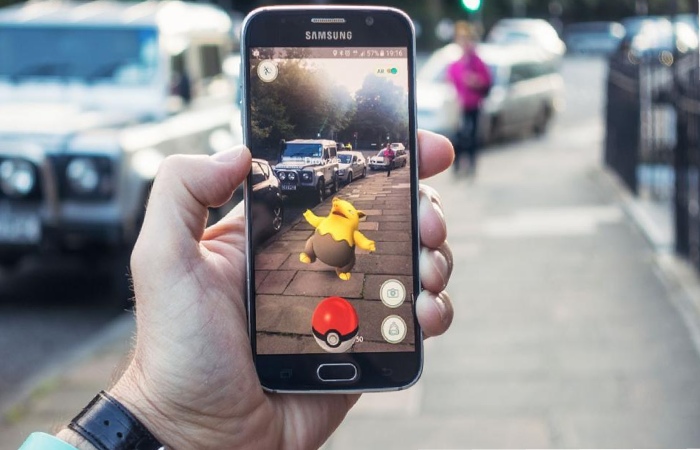Augmented Reality (AR) and Virtual Reality (VR) make up immersive Reality. The value of this market will reach 1.5 trillion dollars in the world economy in 2030.
Its implementation in your marketing strategy allows you to approach your customers in a new way, present your products in detail and increase sales and reduce returns. This article shows you examples of companies that have already implemented this marketing strategy.
Table of Contents
Difference Between Virtual Reality and Augmented Reality

Virtual Reality or Virtual Reality erases the environment in which we are to transport ourselves to another. VR uses glasses, headsets, and sticks to create a new reality, and every interaction takes place in this digital world.
Augmented Reality, or augmented Reality, “is limited” to enriching Reality by bringing digital elements into the real world. AR does not need special tools. A mobile device equipped with a webcam is enough.
Precisely for this last reason, AR is more at hand than VR; not everyone has glasses or specific technological tools, but everyone has a smartphone.
Immersive reality technologies fit into many areas: classroom education to museums, medical simulations, gaming, and advertising to shopping.
This article will focus on the last two points to show you how and why you should implement VR and AR in your marketing strategy.
Advantages of Implementing AR And VR in your Marketing Strategy
- They offer a unique and personalized shopping experience
- Stand out from the competition
- Increase brand awareness
- Increase customer engagement
- Show your product everywhere and in an attractive method
- Please explain in opinion what your making remains and what it does
All this translates into the most crucial point for you as an online seller: more sales and fewer returns.
We recommend that you download our free white paper in which we give you tips to reduce the returns of your online store. And, at the same time, increase the sales rate:
Virtual Reality and Augmented Reality in Marketing
Today, many static consumers do not dare to buy online. In addition to distrust of a brand or being reluctant to enter their bank details online, what makes it difficult for users to buy online is not being able to see the product live or touch it before buying it.
That is where VR and AR play an essential role: these technologies allow you to show your product in real life, wherever your customers are.
Examples of Virtual Reality
- Present your products without having them with you
Imagine the after scenario: you are about to participate in a fair and want to present your new machine, which is very large. For this, it is necessary to reserve a stand of several square meters. Organize transport and hire staff to explain the F of the machine.
- Provide an engaging experience for your customers
Take, for example, the Swedish furniture giant Ikea. In the virtual showroom, visitors can do what they have been doing for years at Ikea, but with extra equipment and in a more comfortable way.
Not only do they enjoy the 360º view in a fully furnished room, but they can also customize it according to their preferences :
Examples of Augmented Reality
- Test your products from home
Perhaps a tremendous potential of augmented reality technology is being able to show your customers your product in action, wherever they are and at any time.
Many are already taking advantage of this possibility. For example, some opticians offer the option of trying on glasses virtually. Once he has landed on the product page, the customer can activate his webcam and then decide whether to order the drinks or not.
- Attract customers to your stores (online and offline)
Let’s take makeup as an example. A lipstick can have dozens and dozens of different shades, and the only way a customer can try it out is by opening each lipstick and applying each shade. Of course, this is problematic and even impossible in online shopping.
To overcome this obstacle, l’Oréal has created an app that allows its customers to try different products from their mobile devices:
Each look shows the products used so that customers can easily find and buy them in the online or physical store.
- Increase brand awareness and customer loyalty
At a bus stop in London, viewers were treat to an experience where Reality merged with augmented Reality. Meteorites, tigers, UFOs; Pepsi offered them an experience that they will surely not soon forget.
If you awaken positive emotions in consumers, you will create a bond between them and your brand.
The so-called emotional marketing is a powerful tool to stimulate the emotionality of a client through an engaging and memorable story, and immersive reality technologies are perfectly adapte to this purpose.
Conclusion
Marketing is constantly looking for new ways to attract the attention of (new) customers by providing them with a personalized shopping experience; VR and AR technologies lend themselves as necessary means to achieve this.
Forerunners of virtual Reality and augmented reality, such as PokémonGo, have already achieved worldwide success. Making it clear that public interest is open to these technologies.
Also Read: Artificial Intelligence in Food and Beverages Market
